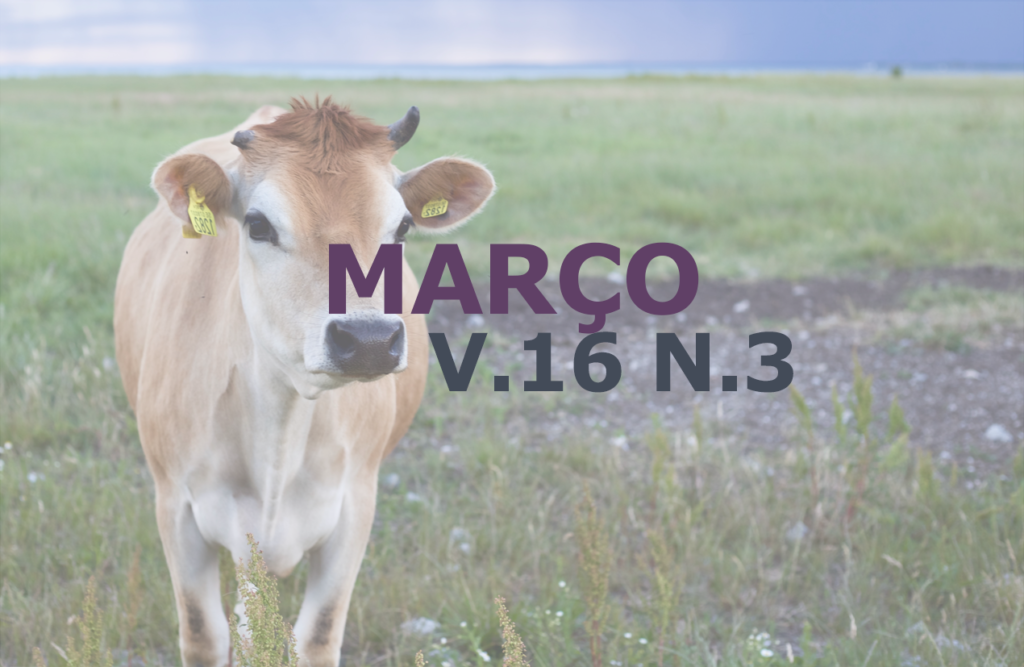Diabetes mellitus in dogs
DOI:
https://doi.org/10.31533/pubvet.v16n03a1051.1-8Keywords:
Diabetes mellitus, dogs, hyperglycemia, polydipsiaAbstract
The objective of this study is to add useful information on the subject, seek more clarity on the definitions of Diabetes Mellitus (DM) in dogs and explore what is already known in relation to its diagnosis and treatment. DM is an endocrine disease associated with the hormone insulin, responsible for controlling blood glucose levels. Its incidence in dogs can reach 1 in every 100 animals in the population, in which females represent up to 70% of the cases. Late diagnosis raises the mortality of the disease to 50%. Its etiology has yet to be defined, but it is irrefutable that its origin is multifactorial. There is the same consensus signaling that genes involving the immune system are strongly associated with a predisposition to DM. Insulin is a pancreatic hormone secreted by ß cells, which are activated after blood glucose levels are high. Its action reduces serum glucose levels causing it to penetrate into the cell. The loss of glycemic homeostasis causes an imbalance in organic functions that, when exceeding certain limits, will be noticeable through clinical manifestations. The main signs noticed are polyuria, compensatory polydipsia, polyphagia, wasting and diabetic ketoacidosis, among others. The evaluation of laboratory tests when there is a suspicion of DM should include a measurement of blood glucose and urine test type I. The disease has no cure, therefore, it is essential that the diagnosed patient follow a treatment and thus increase their expectation and quality of life. Insulin sources are derived from a combination of purified bovine and porcine and even a recombination with human insulin. The discussion about the number of daily doses, one or two, is not done, but studies show better results in glycemic control with insulin dosage twice a day, while hypoglycemia episodes appear more often in patients who received only one dose a day.
Downloads
Published
Issue
Section
License
Copyright (c) 2022 Guilherme de Mesquita, Ligia Santana Dalecio, Marcos Antonio Boaretto, Maria Eliza D’Eleutério de Castro, Bruno Ferreira Pedro Longo

This work is licensed under a Creative Commons Attribution 4.0 International License.
Você tem o direito de:
Compartilhar — copiar e redistribuir o material em qualquer suporte ou formato
Adaptar — remixar, transformar, e criar a partir do material para qualquer fim, mesmo que comercial.
O licenciante não pode revogar estes direitos desde que você respeite os termos da licença. De acordo com os termos seguintes:
Atribuição
— Você deve dar o crédito apropriado, prover um link para a licença e indicar se mudanças foram feitas. Você deve fazê-lo em qualquer circunstância razoável, mas de nenhuma maneira que sugira que o licenciante apoia você ou o seu uso. Sem restrições adicionais
— Você não pode aplicar termos jurídicos ou medidas de caráter tecnológico que restrinjam legalmente outros de fazerem algo que a licença permita.





